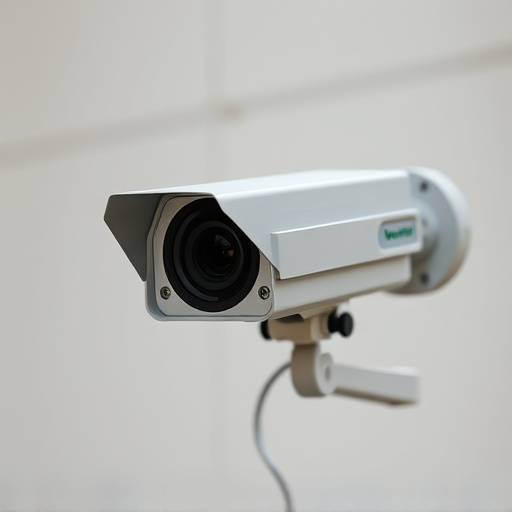Dummy cameras with strategic red light placement significantly enhance security by simulating constant monitoring, deterring criminals. These realistic replicas, designed to mimic genuine surveillance equipment, are invaluable for professionals assessing risk and planning operations. Effective dummy camera red light placement considers time of day, surrounding objects, and weather conditions, providing insights into vulnerabilities of actual surveillance systems. Creating convincing mockups demands meticulous attention to detail, including accurate brand logos, model numbers, and diverse yet cohesive setup.
In today’s digital age, realistic fake surveillance equipment plays a crucial role in security testing and scenario simulations. This article explores the intricate world of dummy cameras and their impact on enhancing surveillance deception. We delve into the art of red light placement, a game-changer for creating convincing mockups. From understanding the purpose of dummy cameras to implementing best practices, this guide offers insights into achieving realistic surveillance scenarios without breaking the bank. Uncover the secrets behind effective red light positioning and elevate your security preparations.
- Understanding Dummy Cameras: Their Role in Surveillance Simulations
- The Art of Red Light Placement for Realistic Surveillance Deception
- Creating an Effective Surveillance Mockup: Tips and Best Practices
Understanding Dummy Cameras: Their Role in Surveillance Simulations
Dummy cameras, also known as mock or fake surveillance equipment, play a pivotal role in modern-day security and surveillance simulations. These realistic replicas are designed to mimic genuine security cameras, offering an effective way to assess and enhance security measures. One of the key aspects that contribute to their effectiveness is the strategic placement of red light indicators. By simulating the presence of active cameras, dummy cameras can deter potential criminals, making them think they’re under constant surveillance.
The red light placement on these dummy cameras is a clever tactic. Red lights are often used as a visual cue to indicate the active status of a camera, resembling the flashing red iris of an actual lens. This simple yet powerful feature helps create an illusion of constant monitoring, even in areas where genuine cameras might be scarce or strategically placed for optimal coverage. Such simulations are invaluable tools for security professionals and law enforcement agencies to evaluate risk, plan operations, and ultimately improve overall security protocols.
The Art of Red Light Placement for Realistic Surveillance Deception
In the art of creating realistic-looking fake surveillance equipment, one subtle yet powerful aspect often overlooked is red light placement. Dummy cameras, a common deception tool, can be elevated to a new level of believability by integrating strategic red lighting. The key lies in mimicking natural light conditions, as this helps blend the dummy camera into its environment, making it harder for individuals to discern reality from simulation. By placing red lights at specific angles and intensities, shadows cast on nearby surfaces can be accurately replicated, enhancing the overall realism of the setup.
This technique not only adds a layer of sophistication to surveillance deception but also increases its effectiveness. Red light placement should consider factors such as time of day, surrounding objects, and even weather conditions to create a convincing illusion. When executed adeptly, dummy cameras with strategic red lighting can serve as powerful tools for security assessments, training scenarios, or even as part of a broader counter-surveillance strategy, providing valuable insights into the vulnerability of real surveillance systems.
Creating an Effective Surveillance Mockup: Tips and Best Practices
Creating a realistic-looking surveillance mockup requires attention to detail and an understanding of both the physical equipment and its placement. One crucial element is the strategic positioning of dummy cameras, mimicking real-world setup. Place them at various heights and angles, just as you would in an actual installation, to enhance authenticity. The use of red light indicators for dummy cameras can significantly improve realism by imitating the infrared or low-light capabilities of genuine surveillance equipment.
When designing your mockup, consider factors like mounting hardware shadows cast by the devices on surrounding surfaces. This subtle detail adds depth and verisimility. Additionally, ensure a mix of different camera types and sizes to create a diverse yet cohesive setup, mirroring what one might find in an actual surveillance network. Always aim for accuracy in terms of brand logos, model numbers, and physical dimensions to make the mockup as convincing as possible.
Realistic looking fake surveillance equipment, such as dummy cameras with strategic red light placement, plays a crucial role in enhancing security measures and simulating diverse scenarios. By understanding the art of red light positioning and implementing effective mockup creation techniques, professionals can create convincing deceptions that bolster overall surveillance strategies. Dummy camera technology is not just a novelty; it’s a valuable tool for testing and refining security protocols in today’s digital era.
